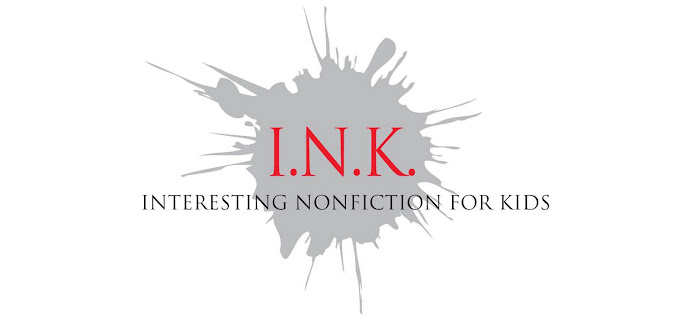Science fair season is typically in March. So now is the time to start thinking and planning. And if you’re looking for inspiration, do I have a book for you. It’s called See for Yourself! by yours truly and the second edition has just been published by Skyhorse. In it I draw inspirations for experiments from very familiar places, starting with the human body and going to the supermarket, the drugstore, the hardware store, the stationary store and the toy store.

The purpose of my book is to get kids hooked on doing real science. And if you think that’s not possible, read how some British school children did a study of how bees learned to recognize colors and patterns. They actually published their findings in a peer-review scientific journal! Children are natural scientists until they start worrying about grades and how they’ll show up at the science fair. My problem with science fairs is that the exhibit becomes the all-important goal—not doing science itself. I want them to return to this natural curiosity and their science fair exhibit will be simply a by-product of the fun they’ll have along the way.
I recently read a study that stated that most working scientists discovered science before middle school. Scientists love science. They love the rush they get, the “Eureka” experience, when they make a discovery. It is my intention that kids start asking the questions that lead to many “eurekas” of their own. Science also gives scientists (and kids) an excuse to play—to try stuff out just for the fun of it. And, guess what, when you do science it doesn’t matter if you make a mistake or guess the wrong answer. All that matters that you learn something. These are the reasons I think a science fair is a good thing. So start browsing through those pages.
If you want to see what I have to say about this book, here’s my trailer.

No comments:
Post a Comment